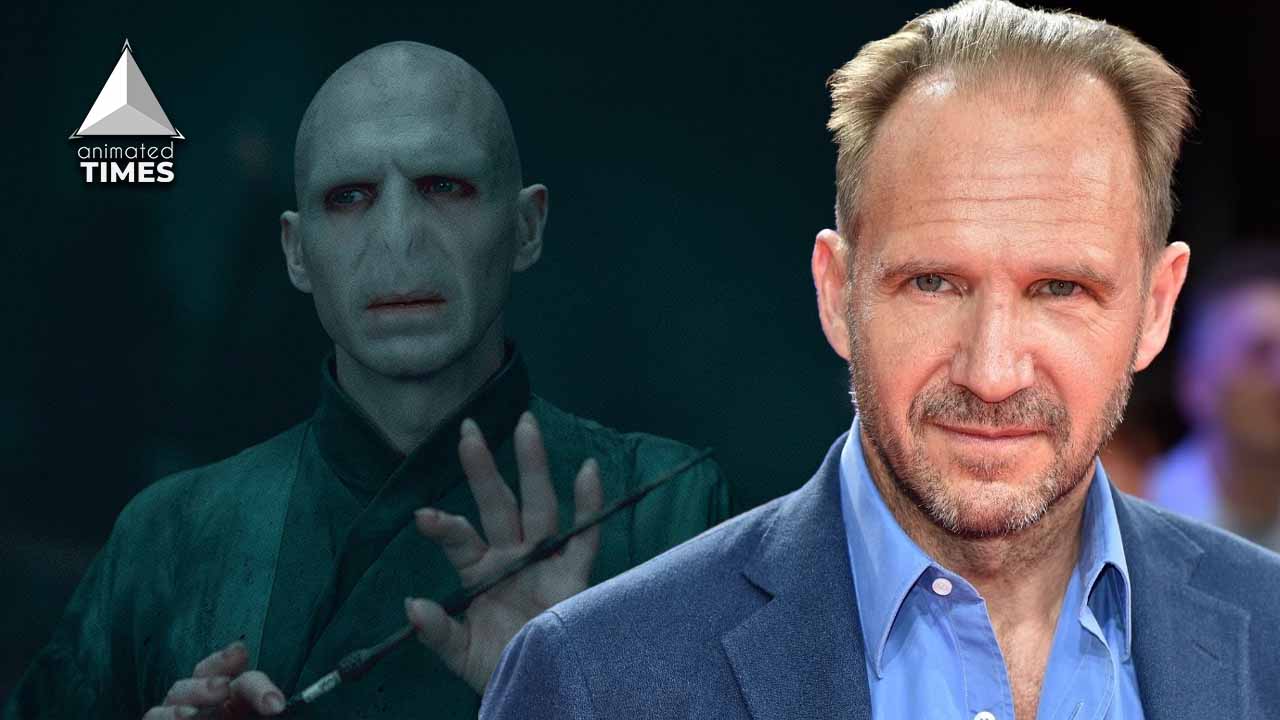Harry Potter: What Voldemort Could Have Looked Like (& Why Was It Worse)
The HBO Max film Harry Potter and the Twentieth Anniversary: Come Back to Hogwarts, which was released on January 1, 2022, revealed numerous details about the franchise:

The HBO Max documentary Harry Potter: Twenty Years Anniversary: Come Back to Hogwarts, which was free on Gregorian calendar month one, 2022, discovered several details regarding the big-screen adaptation of the Harry Potter adventure story, with the initial conception art for Lord Voldemort (Ralph Fiennes) really dominating, with a look terribly completely different from the one eventually developed. Though Fiennes was initially hesitant to simply accept the duty and was persuaded to try and do so by his sister, who was attentive to the grandeur of the Harry Potter series, his portrayal of the Dark Lord Voldemort was tested and found to be the proper possibility. In reality, the reunion special showed that Fiennes was engaged in selections close to Voldemort’s look and presentation. The ultimate product was a lot more anthropomorphous than the initial character style, but still sinister, making the ultimate sort of villain the most satisfying. Several stars came back for the special comeback to Hogwarts, as well as people who began as kids and adults alike. The program discovered extremely informative morsels of data regarding the expertise on set, which appears to have been gratifying for all of the children taking part, particularly in the initial 2 films, since they were treated as kids and allowed to have fun. It additionally reveals why some sequences from the books were enclosed, et al. were excluded, with special emphasis on explaining why they were wiped out in the way that they were. This was particularly noteworthy in Fiennes’ scenario since there had been so many variables involved in introducing the corporeal incarnation of Voldemort to viewers for the first time in Harry Potter and therefore the Goblet of Fire.
In “Return to Hogwarts,” Goblet of Fire director Mike Newman explained why he wanted to cast Fiennes as Voldemort:

In “Return to Hogwarts,” Goblet of Fire director Mike Newman explained why he wanted to cast Fiennes as Voldemort, noting his “soft, subtle force of personality” as the key reason. Voldemort’s initial character design was of a ghostlike, thin, and unearthly monster who appeared almost strange and otherworldly. It would have undoubtedly been more visually terrifying to have such a stunning villain, but it could also have been a huge mistake, both in terms of the consequences for the character and the risk of his looks overshadowing Fiennes’ performance. Indeed, an inhuman-like visage onscreen may have made narrative sense, physically portraying his loss of humanity in hunting Horcruxes. Still, that would have been revealed only in the final three Harry Potter films, and in the interim, it may have led to misinterpretations of the villain. After all, many non-human creatures, including horrifying ones like Dementors, were introduced throughout the series, but blending the differences between human villain Lord Voldemort—who actively and continuously chose an evil path in life—and monster-like non-beings, whose essence may have caused pain but didn’t choose it, may have reduced the villain’s responsibilities and agency.
In the reunion special, Fiennes defined Voldemort as “the epitome of evil, a snakelike monster that wasn’t very human” based on concept drawings:

In the reunion special, Fiennes defined Voldemort as “the epitome of evil, a snakelike monster that wasn’t very human” based on concept drawings. Voldemort’s overall impression as a villain might have been negatively impacted if he was viewed as predominantly inhuman due to how he appeared aesthetically. While Fiennes noted in Return to Hogwarts how he gave Voldemort a “snakelike, deep, whispering voice,” Newman emphasized how Fiennes intended Voldemort to seem otherworldly and insisted on him not having a nose. Making Voldemort more aesthetically terrifying may have overshadowed Fiennes’ brilliant performance, making him too showy and risking losing the things that made him unforgettable as Voldemort. In the end, even with all of the Voldemort revelations in Harry Potter 20th Anniversary: Return to Hogwarts, making the villain slightly more humanlike than previously imagined makes it more realistic and the plot more essential, focusing on his reservations rather than his likeness to a monster.





